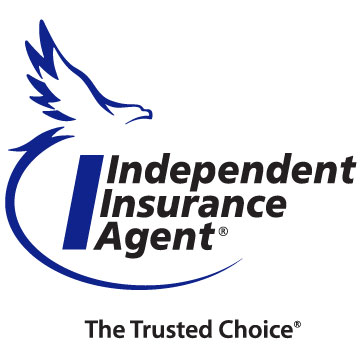Umbrella Liability
An Additional level of liability protection over your underlying liability policies
There are two types of policies that may be called "Umbrella" liability policies, an actual Umbrella policy and an excess or "following-form" liability policy.
A true umbrella policy is going the way of the dinosaur - they're hard to find anymore. This is excess liability coverage above the limits of more basic business insurance such as general liability, commercial auto liability, liquor liability and workers compensation coverage. A true umbrella policy also fills gaps in the underlying coverage and usually extends over any other policy, regardless of issuing company, written in the named insured's name.
The much more common Umbrella policy seen nowadays isn't nearly as generous at extending over other policies and filling coverage gaps. Most Umbrellas now are simply "Excess" liability policies. When the limits of underlying coverage such as general liability, auto liability, liquor liability or work comp are exceeded by a claim, the umbrella policy would kick-in to indemnify the named insured.
Example:
An underlying Liquor Liability policy has an occurrence limit of $500,000. ABC Bar & Grill allegedly over serves a patron, who leaves the establishment and while allegedly driving intoxicated, crashes into a van carrying a family of six, killing one of the passengers and injuring the others. Some time later, the family sues the allegedly intoxicated driver as well as ABC Bar & Grill, seeking damages of $1.5 million dollars.
ABC Bar & Grill's Liquor Liability policy would cover their defense and, if necessary, and judgments or settlements stemming from the case. But what if the judgment or settlement was above their $500,000 limit? An Umbrella or Excess Liability policy would be needed to cover the amount over the underlying Liquor Liability policy limit.
Umbrella policies are fairly inexpensive, depending on the amount of coverage they're written for, which can usually range from $500,000 up to $10 or even $25 million.






